Score: 7/10 (Average) Pros Strong build quality, good looking screen, efficient battery life, full capabilities of Windows 8 . | Cons Lack of ports for a full Windows 8-powered machine, inconsistent processing speeds, better W8 tablets available for a little bit more money. | Buying a Windows 8 or Windows RT tablet can be a very difficult process. With a surplus of options out there on the market, it can be quite hard to decide which one is just right for you. We haven't reviewed a Windows 8 or RT tablet yet here on MobileCupOfJoe, but we decided we would get our foot in the door with the Lenovo IdeaTab Lynx. The IdeaTab Lynx is not a bad tablet, but it is ultimately a very forgettable one with a few hardware flaws, and a price that is hard to justify when there are other options out there for a little bit more money that are better tablet choices. To find out more about my thoughts on the IdeaTab Lynx, keep reading my full review! Design/Build Quality The Lenovo IdeaTab Lynx measures in at 11.8 x 7.4 x 0.37" and weighs in at 22.6 oz. Although the IdeaTab Lynx isn't my most favorite tablet that I have used, I can't deny that it does have a very strong build quality. Although the design of the Lynx isn't revolutionary, it does feel really great to hold in the hand. The incredibly sturdy body, and nice textured plastic back give the IdeaTab Lynx a nice little premium feeling.
In terms of ports, the IdeaTab Lynx is lacking quite a bit when you consider that it is a full-fledged Windows 8 machine. A microUSB, miniHDMI, 3.5mm headset jack, and microSD card slot are all that you will find here on the Lynx. Considering that this is running full Windows 8 tablet, it would have been nice to see at least one full-sized USB port make it's way onto the device. With that said, you do have the option to purchase a keyboard docking station for the Lynx, which doubles your battery life and adds 2 full-sized USB 2.0 ports. Unfortunately, the docking station costs an extra $199 on top of the base price of the tablet, and the USB ports are the slower 2.0, and not 3.0 like you can find on devices with Intel's faster Core-i series CPU.
The Lenovo IdeaTab Lynx is also pretty basic when it comes to hardware buttons. On the top of the tablet, you will find a standard power/lock button. On the left-hand side you will find a physical lock rotation button and your volume rocker. Below your 11.6-inch screen you will find a physical Windows home button, but it doesn't provide as much feedback as I would have liked to seen. There are a total of 2 stereo speakers on the Lynx, one of the right and one on the left hand side on the tablet. Unfortunately, the speakers leave a lot to be desired. Even when turning the volume up to 100, I still found myself craving for louder, and deeper audio. Hardware The IdeaTab Lynx is considered to be a 10-inch tablet, but in reality it has a 11.6-inch screen with a pixel resolution of 1366 x 768. Although it would have been nice to see a 1080p full HD resolution, the IdeaTab Lynx's screen actually looks pretty darn great. Colors are extremely vibrant, text is nice and crisp, and everything is just really pretty to look at. One of my issues with the IdeaTab Lynx is it's processor. The Lynx is packing in a 1.8GHz dual-core Intel Atom Z2760 CPU and 2GB of RAM. While swiping through the Modern UI and opening applications is a fairly fast and smooth experience, I did run into quite a few hiccups when browsing the Web, and even playing games as casual as Jetpack Joyride. When playing Jetpack Joyride on the Lynx, I always encountered some pretty bad frame rate issues that occasionally caused me to fly into a red hot laser and lose. Although this isn't that much of a surprise when you consider that this is an Atom processor, it still didn't make it any less annoying. If you are one of those people who somehow finds it enjoyable to take pictures with a 10-inch tablet, you will be disappointed to find out that there is no rear-facing camera here on the IdeaTab Lynx. There is however a 2MP front-facing camera, which actually performs quite nicely for video chatting or taking selfies for your Facebook or Twitter profile pictures.
Although Lenovo does not list the size of the Lynx's battery on their website, they claim that it can run for up to 8 hours of Wi-Fi browsing, and another 8 hours when hooked up to the keyboard dock. Lenovo's claim actually turned out to be true, because in my time with the Lynx, I usually got about 8 hours of usage time out of it before I had to throw it on the charger. This long-lasting battery is all thanks to the Intel Atom CPU. Although Atom can't compare to the Core-i series' processing power, it certainly does have the upper hand when it comes to conservation of battery life. Software The Lenovo IdeaTab Lynx is running on Windows 8, so unlike Windows RT, you can download and install full desktop applications. While it is nice to have the option to run apps such as iTunes, Sony Vegas Movie Studio, and Adobe Photoshop on the Lynx, it is worth noting that you do not get free access to Microsoft Office 2013, like you do on Windows RT.
As far as Windows 8 goes as a whole, there is still quite a bit of room for improvement. My biggest issue with Windows 8 (and RT) is still the disjointed experience between the Modern UI and Desktop mode. I've voiced my distaste on this in my other reviews of Windows 8 and Windows RT-powered devices in the past, so I won't go too far into that in this review here. Another issue that I've noticed with Windows 8 and RT in the past, is that it can take quite some time to completely open applications. However, it did seem to take a bit more time to open apps on the IdeaTab Lynx. One thing that I do really like with Windows 8 and RT (that I haven't mentioned in previous reviews) are all of the preinstalled apps Microsoft includes. Apps such as Weather, Travel, Games, etc., all have a really great layered look and feel to them. Every app has a Modern UI look to it, which means that virtually all of your apps will look very clean and not too intrusive. While speaking of apps, Microsoft's Window Store is slowly, but surely, improving. Although you won't be able to download all of the very latest apps that are on Android and iOS, the big names like Twitter, Evernote, Google Search, Netflix, and Skype are all still there. Final Verdict At the end of the day, the Lenovo IdeaTab Lynx is a pretty forgettable tablet. While I appreciated the good build quality, great looking screen, the long-lasting battery life, and having the full features of Windows 8, there are just much better options out there, for a little bit more money. For only $60 more, you can get the Lenovo ThinkPad Tablet 2 which offers dual cameras, higher pixel density on the display, included stylus that docks into the body of the tablet, and an even better design. For just a little more than $50, I would recommend going with the ThinkPad Tablet 2 if you are in the market for a Windows 8 tablet made by Lenovo. The IdeaTab Lynx just doesn't offer anything that would truly compel me to shell out $450 for this 11.6-inch tablet. With the required purchase of the keyboard docking station to access all of the tablet's ports, inconsistent processing speeds, poor speakers, and more, the Lynx will most likely just get left in the dust, and be forgotten about. While the Lynx isn't a horrible tablet, I just can't find any reason to purchase one, when you can get a lot more bang for your buck elsewhere. DISCLAIMER: Joseph Maring used the Lenovo IdeaTab Lynx for 20 days before beginning to write his review of the device. Lenovo sent us the IdeaTab Lynx to review, but in no way affected our final core of the tablet.
Author: Joseph Maring
Score: 10/10 (Outstanding) Pros Sleek and clean design, stunning 1080p HD display, incredibly fast Snapdragon 600 processor, excellent cameras with tons of software features, long-lasting battery, air/eye gestures work surprisingly well, latest version of Android. | Cons Laundry list of software features may be a turn off for some, not everyone will be a fan of the plastic design | We are about halfway through 2013, and we've already seen some pretty incredible phones that have proven that they are a force to be reckoned with. Of those phones, the two most popular are easily the Samsung Galaxy S4 and the HTC One. In this review, we will be talking about the former of those two smartphones, and about why it might very well be the best smartphone I have ever used. To find out why I think the Samsung Galaxy S4 is so freaking amazing, keep reading my full review. Design/Build Quality The HTC One made a huge statement in smartphone design with it's all aluminum body, that won over the hearts of phone users everywhere. Although I haven't reviewed the HTC One yet, I have played around with it at retail stores before, so I have an idea of why people love it so much. With that said, I really dug the design on the Galaxy S4. The Galaxy S4 is made out of plastic, which is certainly less premium feeling that the HTC One's aluminum, but I personally fell in love with it. Even though all of Samsung's products are made out of plastic, the S4 just felt extremely great in the hand. To give the handset a nice little shine, Samsung added a brushed metal frame along the entire body of the Galaxy S4, which adds a fresh look on top of the standard plastic.
The Galaxy S4 measures in at 5.38 x 2.75 x 0.31 in and weighs in at 4.59 oz, making it very slim, trim, and lightweight. All of the controls on the Galaxy S4 are pretty basic, with your power button on the right, volume rocker on the left, and a physical home button below the screen with two capacitive navigational button on either side of that. I know not everyone will love the Galaxy S4's design as much as I do, but I have always been a big fan of Samsung's product design. While their designs may not be revolutionary, they always prove to be clean and sexy nearly every single time. The Galaxy S4 is no exception to that. Hardware Just like the HTC Droid DNA which we most recently reviewed, the Samsung Galaxy S4 is packing in a 5-inch screen with a pixel resolution of 1920 x 1080p full HD and 440ppi (pixels-per-inch). Unlike the DNA though, the Galaxy S4 uses a Super AMOLED panel rather than a Super LCD 3. After uses both devices for a rather extensive period of time, I found that the Galaxy S4's screen looked just a little bit better. Colors seemed to be just a bit more saturated and pop out more on the S4. Comparisons aside, the screen on the Galaxy S4 is absolutely stunning. Even though I've used phones in the past with 1080p HD screens, they continue to impress the heck out of me. Texts is razor sharp, viewing angels are wide, outdoor visibility is great, and color look simply gorgeous. The Galaxy S4 also has Gorilla Glass 3, so it should be able to withstand any number of falls, bumps off of tables, scratches, and more. The Galaxy S4 is also an incredible performer when it comes to gaming. This is thanks to its 1.9GHz quad-core Qualcomm Snapdragon 600 processor and 2GB of RAM. No matter what you throw at the Galaxy S4, it will be able to stay one step ahead of you the entire time. Want to play a graphically intensive 3D game? No problem. Want to let that 3D game run in the background while you watch a YouTube video? Simple. The Galaxy S4 is true powerhouse, and is easily the fastest smartphone I have used to date. Qualcomm's Snapdragon 600 CPU was worth the wait, and offers processing speeds beyond anything I've ever seen on a smartphone. There's a reason why the Galaxy S4 got a score of 12,226 on our Quadrant Standard Benchmark test. That reason is that it's fast. Really freaking fast. Already impressed with the Galaxy S4? Get ready to be even more impressed. The S4 features a 13MP rear-facing camera, as well as a 2MP front-facing camera, and both take gorgeous looking photos. As if gorgeous looking pictures weren't enough, Samsung has also include a slew of incredible software features. These features include your standard HDR and Panorama, but there a few other pretty sweet ones that Samsung included as well. One of these is Eraser, which allows you to erase unwanted objects or people from you images, so photo-bombing is no longer as issue. Another unique feature is Sound & Shot, which lets you add up to 9 seconds of recorded audio to your pictures to give them another layer of meaning. One of my favorite features though would have to be Animated Photo, which lets you make .GIFs straight from your S4. The Galaxy S4 also allows you to take pictures and record video with both the rear-facing and front-facing camera a the same time, which is great for recording you reaction to something, or including yourself in a group photo when you are the one taking the pictures. There are a ton more features for the Galaxy S4's camera, but these are just the ones that stuck out to me the most. With all of these awesome features, lets not forget that the Galaxy S4 can also make and receive phone calls! Thankfully, the S4 provides excellent call quality, with both ends of a phone conversation sounding crystal clear. The model of the S4 that we reviewed was running on Verizon Wireless, so we had access to Verizon's blazing fast 4G LTE coverage, which proved to be as speedy as ever on the Galaxy S4. The get you through your extensive days of use with the phone, the Galaxy S4 packs in a 2,600 mAh battery. Even though we've seen bigger on the Samsung Galaxy Note II and LG Optimus G Pro, the Galaxy S4 still proved to offer incredible battery life. In my time with the device, I was able to get about 11 to 12 hours of extensive use out of the S4. I couldn't ever exactly make it through two entire days of use with the phone, but I frequently ended one day with over 50% battery life still remaining. Because of it's plastic design, the S4's battery is also removable, so you have the option to pop in a spare one or add an even larger one if you see fit. The Galaxy S4 also packs in 16GB of internal storage, but gives you the option to expand it up to an additional 64GB via a microSD card. Software The Samsung Galaxy S4 ships with the very latest and greatest version of Android, 4.2.2 Jelly Bean. 4.2 Jelly Bean brings along welcome goodies, such as even more intuitive notifications, lock-screen widgets, and more. Layered on top of Android 4.2 is the latest version of Samsung's TouchWiz user interface, and it is looking better than ever. Animations are slicker, widgets look cleaner, and everything looks stunning. I used to prefer the look and feel of Vanilla Android, but after having used the Samsung Galaxy S4, I think that I would now rather use a device running with Samsung's TouchWiz, rather than stock Android. While TouchWiz looks great, there a load of features that it adds to the Android experience as well. One of the features is Starter Mode. Starter Mode makes the Galaxy S4 easier to use for first-time smartphone users, with large icons, big text, and an extremely simple UI. Although we've seen similar features on handsets such as the Galaxy Note II, LG Lucid 2, and more, I found the Starter Mode on the S4 to be the easiest and cleanest to use. Some of the software features that I had the most fun with, were all of the hand gesture and eye tracking features. An example of one of these features is Smart Stay. If you look away from a video that you are watching on your Galaxy S4, the video will pause itself until you look back at the screen. Another feature, Smart Scroll, allows you to scroll through Web pages by simply tilting your head up or down. While these features sound gimmicky on paper, I found that they worked surprisingly well in my time with the phone. A lot of people will probably forget that these features even exist of their S4, but I know that I certainly enjoyed being able to tell say to my friends and family "Hey! Look at what my phone can do!". In all my time of reviewing smartphones, tablets, etc., I've rarely been able to say that about a product, let alone a smartphone. I know it sounds stupid, but these features kind of make the S4 feel like a magical device. Probably the most useful feature on the Galaxy S4 is Multi Window. Multi Window allows you to run two applications simultaneously on the screen at the exact same time. This means that you can be watching a YouTube video in the upper half of the S4's screen, while you are checking Facebook in the lower half. Multitasking has also been a staple of the Android operating system, but Multi Windows is easily the best multitasking experience you will currently find on any smartphone or tablet. Final Verdict As you can probably tell by now, I absolute love the Samsung Galaxy S4. From the clean design, stunning 1080p HD screen, mind-blowing processing speeds, gorgeous camera, loads of software features, and more, it's pretty much impossible to not fall in love with this piece of tech. When I review products here on MobileCupOfJoe, I usually get the devices for about a 2 week period, and then I have to send it back so the company can send it to another journalist. While sending back cool smartphones and tablets is never that enjoyable of a thing to do, I don't think I am going to miss a phone as much as I will with the Galaxy S4. It sounds crazy, but you really do form a bond with this phone. The Galaxy S4 is an amazing phone. If you are looking for a new smartphone, and money or your service provider is not an option, get the Samsung Galaxy S4. I can honestly say that I know you will fall in love with it, just as I did. I rarely say this about phones that I review, but I would be more than happy with being locked into a 2 year contract with the Galaxy S4. DISCLAIMER: Joseph Maring used the Samsung Galaxy S4 for 6 days before beginning to write his review of the device. Verizon Wireless sent us the Galaxy S4 to review, but in no way affected out final score of the handset.
Author: Joseph Maring
Score: 9/10 (Fantastic) Pros Beautiful design, breathtaking screen, incredibly fast processing power, good cameras, great call quality, Beats Audio, Android Jelly Bean. | Cons Fast draining battery, no microSD card slot to expand storage. | When you hear the name HTC, you more than likely think about the HTC One. Although the HTC One is an incredible piece of technology, there is another device that you should think of when you hear the company's name as well. That device ladies and gentlemen, is the HTC Droid DNA. The DNA is currently the latest entry into Verizon's exclusive line of Droid-branded products. And although it was released back in November 2012, the DNA still has the features packed into it to compete with other smartphone offerings, such as the Samsung Galaxy S4, LG Optimus G Pro, and more. Lets find out why right now in our full review! Design/Build Quality Measuring in at 5.55 x 2.78 x 0.38 in, and weighing in at 4.97 oz, the HTC Droid DNA is an incredibly slim and trim smartphone. Despite it's large 5-inch screen, the DNA still manages to be quite portable with it's ever-so slightly curved back and beautifully rounded corners. The DNA also shakes up the stale black smartphone design by adding accents of red all around the body of the smartphone. The sides of the phone have a nice red-colored metal finish to them, the camera lens has an attractive crimson ring around it, and even the phone speaker is coated in that sexy red color that is a staple signature of Verizon's Droid line of smartphones. One design aspect of the DNA that I found especially useful was it's notification lights. Unlike most smartphones that have just one notification light on the front of the phone, the DNA has one on the front, as well as a second one place on the back. I found this to be quite a nice addition to the phone, because it allows you to still see if you have any new notifications when your phone is laying on it's face. Overall, the Droid DNA is an incredibly crafted smartphone. Although it may not have quite as superb of a design as the HTC One, it's still one of the best designed smartphones I've used in a while. Everything about the design of the DNA screams high quality, and this is one smartphone that I want people to see me using out in public. Hardware The biggest star of the show on the DNA is easily it's massive 5-inch screen. The real impressive thing here, is the fact that the screen is a full 1920 x 1080p HD resolution with 440ppi (pixels-per-inch). Everything on the DNA's screen looks truly stunning. We've reviewed a lot of phones with great looking 720p HD screens before, but never have I seen a phone that has as good of a display as the HTC Droid DNA. Games, videos, Webpages, and more look better than ever on the DNA's display, with extremely crisp text and ridiculously accurate and gorgeous color representation. Much of the screen's great looks are all thanks to the DNA's Super LCD 3 panel, which also provides for great viewing angels and great visibility when outdoors. What's even more impressive is that the DNA's screen is also an edge-to-edge display. This makes swiping through your home screens, Web pages, and reading e-books a more comfortable and natural experience, and adds another layer of high quality to this already premium device. If a breathtaking screen isn't enough for you, the HTC Droid DNA is also packing in a 1.5GHz quad-core Qualcomm Snapdragon S4 Pro processor, along with 2GB of RAM. In our time with the phone, the DNA proved more than capable to power through any game we threw at it, and was able to run multiple applications simultaneously without a hitch. When we ran the Quadrant benchmark test on the DNA, we received a score of 7966. That folks, is mighty darn impressive. My first issue I had with the HTC Droid DNA was it's storage. Or more rather, the lack there of. The DNA comes equipped with 16GB of internal storage with no option to expand it. This is a pretty big issue if you like to store all of your music, videos, games, and apps locally on your device, so be forewarned if you do decide to get the DNA. For all of you picture taking fanatics, the DNA is packing in an 8MP camera on the back, and a 2.1MP front-facing camera. In my time with the phone, both cameras took really good looking pictures and video. Colors are represented nicely and accurately, but you will be able to find higher resolution shooters on phones such as the Samsung Galaxy S4 and LG Optimus G Pro. The DNA's camera also packs in some pretty good features, such as HDR, Panorama, Group portrait, Slow motion video, and a slew of awesome Instagram-like effects. The inclusion of Beats Audio on the DNA makes it a great choice for all music-loving fans. When plugging in a pair of headphones or earbuds, you will be prompted with the option to turn on Beats Audio technology. Even if you have a pair of headphones that aren't Beats, you can still enable the tech to enhance your music listening experience. I used this feature with a pair of earbuds that came with my Roku 3, and it sounded absolutely incredible. The base was deep, audio was crystal clear, and the music just sounded very rich and full. Although you won't be able to use the Beats Audio technology when listening to your music through the speaker grill on the DNA, it still proved to be very loud and enjoyable to listen to. The second gripe that I had with the DNA would have to be it's battery. The HTC Droid DNA has a 2,020 mAh non-removable battery, and it certainly leaves something to be desired. Although I was usually able to get through a full day of use with the handset, it certainly can't compete with handsets such as the Galaxy S4 or Optimus G Pro, which can easily power you through 2 full days of use. The DNA is an exclusive to Verizon Wireless, so you have access to Verizon's lightening fast 4G LTE network. The DNA also provides great call quality, with great sounding audio on both ends of any phone call. Software The HTC Droid DNA is running on Android 4.1.1 Jelly Bean, and is layered with HTC Sense 4+. This is the first phone I have ever reviewed that is layered with HTC Sense, so I had quite a fun time learning my way around the UI and getting to be familiar with all it can do. Although it isn't my favorite manufacturer user interface I have ever used, HTC Sense 4+ still looks and feel really really good. One thing I noticed right away about Sense 4+ was how sophisticated it looks. When compared to other user interfaces, such as Samsung's TouchWiz UI and LG's Optimus 3.0 UI, Sense 4+ certainly looks much more professional and business like than the former mentioned UI's. HTC Sense 4+ also offers a ton of customization options. I am a huge fan of deep customization, and Sense 4+ certainly does deliver, with options to change the entire skin of your phone, your lock screen style, lock screen shortcuts, and so much more. One thing that I wasn't so keen on with Sense 4+ was the fact that there are no quick settings in the notifications bar. With most manufacturer user interfaces, we usually see quick access to settings such as brightness, Wi-Fi, Bluetooth, NFC, and more. Unfortunately, none of this is present on the Droid DNA. Although this isn't a deal-breaker by any means, it still proved to be quite annoying at times when wanted to quickly adjust a simple setting, such as the brightness of your screen display. Another thing that I noticed with HTC Sense 4+, is that it seems to slow down the process of swiping through your home screens. When comparing the DNA to other Android-powered devices with similar hardware specifications that didn't have Sense layered over them, the DNA did look to be a little slower when scrolling through it's 7 home screens. While this slowness in speed doesn't transfer over to any other action in the phone, it is something that I noticed in my time with the device. Final Verdict Even though it may be a few months old, the HTC Droid DNA is still one of the best smartphones in Verizon's lineup. The DNA has a beautiful design, breathtaking screen, incredibly fast processing power, good cameras, great call quality, Beats Audio, and Android Jelly Bean. If you can get over the DNA's fast draining battery, and shortage of internal storage space with no option to expand it, then I think you will be very happy with this smartphone right here. If Samsung's TouchWiz UI on the Galaxy S4 is too cartoony for you, and you don't feel like waiting for the HTC One to arrive on Verizon later this summer, then go for the HTC Droid DNA. While you may not be carrying on HTC's latest and greatest smartphone on the market, you will be carrying around a mighty darn good one. DISCLAIMER: Joseph Maring used the HTC Droid DNA for 14 days before beginning to write his review of the device. Verizon Wireless sent us the Droid DNA to review, but in no way affected our final score of the handset.
Author: Joseph Maring
Score: 7/10 (Average) Pros Elegant design with textured back, vibrant 720p HD screen with great outdoor visibility, clear call quality, fast LTE data speeds. | Cons Fast-draining battery, barebones camera features, terrible voice assistant, frame rate when playing games, small content offering in BlackBerry World | In the smartphone world, the three main competitors for mobile operating systems are Apple’s iOS, Google’s Android, and Microsoft’s Windows Phone. The three big dogs now have a new challenger in town, and his name is BlackBerry. BlackBerry (previously known as RIM) have made an attempt to come back fighting into the market they were once they ruler of: Smartphones. BlackBerry is hoping to takeover this market with their brand new mobile operating system, BlackBerry 10. BB10 made it’s first debut in the US with the BlackBerry Z10, a full-touchscreen smartphone, and the company’s latest flagship device. Does the Z10 have enough juice in it to be a true enemy to Apple, Google, and Microsoft’s offerings, or has this berry already been squeezed out of potential? Find out in our full review! Design/Build Quality The BlackBerry Z10 measures in at 5.12 x 2.58 x 0.35 in and weighs in at 4.83 oz, making it relatively thin and lightweight. The Z10 feels surprisingly good in the hand, and even though the back is made out of plastic, it offers a nice textured grip and feels surprisingly premium. If you just quickly glanced at the BlackBerry Z10, you might confuse it for an iPhone 5 with a BlackBerry logo on the bottom of it. That would be because the Z10 looks quite similar to Apple’s latest and greatest iPhone. Unlike the iPhone 5 though, the Z10 is packing in a slightly larger, 4.2-inch display. While I prefer smartphones with larger screen sizes, the 4.2-inch form factor worked surprisingly well on the Z10. One of the biggest surprises on the Z10 for me, was the fact that there are no navigational buttons anywhere to be found on the device. Unlike the iPhone’s physical home button, and Android handsets with a home, back, and menu button,
the Z10 ditches the common use of navigation buttons for on-screen gestures instead. For example, to exit an app you are using on the Z10, you swipe up from the bottom of the screen, rather than hitting a home button. The Z10 also
includes the ability to unlock it by just swiping up from the bottom of the screen, even when the screen is powered off. While it took me a couple days to get used to the absence of any navigational buttons, I actually found that I preferred the gestures instead, after having used to device for a prolonged period of time. Hardware Although large displays are all the rage nowadays with smartphones, the BlackBerry Z10 features a smaller 4.2-inch screen, with a pixel resolution of 1280 x 720. Although you aren’t getting full 1080p HD on the Z10’s screen, the 720p HD
resolution looks fantastic on the smaller screen size. Colors are extremely vibrant, text is very detailed and crisp, and the Z10’s screen is also quite easy for outdoor use. In terms of processing speeds, the Z10 is packing in a 1.5GHz dual-core Qualcomm Snapdragon S4 Pro processor, along with 2GB of RAM. In my time with the Z10, I actually had some mixed results when it came to it’s processing power. While
navigating the Web, streaming videos, listening to music, and multi-tasking is a very smooth experience, I found that I experienced some frame rate issues even when playing lighter games like Jetpack Joyride. For all of your picture taking needs, the Z10 features an 8MP shooter on the back, along with a 2MP camera on the front. While both of the Z10’s cameras take great looking pictures, the rear-facing shooter takes quite a long time to focus on
the subject you are trying to take a shot of, and proved to be quite annoying when trying to snap a picture in a hurry. Thankfully, the Z10’s camera packs in a nifty little feature called Time Shift. Time Shift captures several still images in quick succession, and allows you to choose the best looking image. For example, if you are taking a group photo and somebody blinks during the picture, you can edit the perpetrator’s face to the second where they were not blinking.
Pretty cool huh? Unfortunately, that’s about the only real piece of software packed into the Z10’s camera, making it a lot less feature rich than cameras on phones such as the Samsung Galaxy S4 or LG Optimus G Pro. The model of the Z10 that we reviewed is running on Verizon Wireless, which means that you have access to Verizon’s fantastic 4G LTE data support. We’ve raved about how crazy fast Verizon’s LTE is before, and the story remains the same
here on the Z10. The Z10 also provides great call quality, with great sounding audio on both ends of the device when making a call. One area where the BlackBerry Z10 isn’t that strong in is it’s battery life. The 1,800 mAh battery on the Z10 just doesn’t provide enough juice, especially when compared to the battery offerings in the latest flagship smartphones. Even with
low to moderate use of texting, game playing, making calls, and streaming music/video, I was barely able to get through the end of the day with the Z10. On the bright side, the battery is removable, so you have the option to pop in a
secondary battery when you run out of juice on your first one. The Z10 also packs in 16GB of internal storage, with the ability to expand it up to 64GB via micoSD card. Software The BlackBerry Z10 is the first device to run on BlackBerry 10. BB10 is the newest mobile operating system on the market, and while it will require a bit of a learning curve to get used to, it is an extremely enjoyable experience once you
learn your way around.
Anyone who has used iOS before may feel at home when first glancing at a device running on BlackBerry 10. Your home screens on BB10 consist of a row of icons for all of your applications, similar to iOS. Each home screen on BB10 can hold
up to 16 applications, with shortcuts to your dialer, search, and camera below you list of apps. Swiping your home screens all the way to the right will reveal your BlackBerry Hub. You BlackBerry Hub is your central location for anything and everything that is going on in your life. Any texts or emails you receive, phone calls you miss, or notifications in your social networks are all centralized in your Hub. Once you are at the Hub, you can swipe over to the right once again to narrow down your notifications to display just your texts, emails, Facebook updates, etc. Swiping down from the top of your screen will give you access to a handful of quick settings. From here, you can easily turn your alarm on or off, connect to your Wi-Fi or Bluetooth device, lock or unlock your screen rotation, and adjust the
volume for your notifications. You can also choose to tap on the Settings icon to be transported to your full system settings. While it would have been nice to be able to customize what settings you have access to from this menu, it’s still
a welcome touch to the operating system. One of my personal highpoints of BlackBerry 10, is how it handles multitasking. When you have multiple applications open at once, a separate home screen will open up in front of your BlackBerry Hub. From here, all of your open apps are listed as 4 x 4 icons with an image of the open app. To close an app that is open from the screen, all you have to do is tap on the little “X” in the bottom right-hand corner of the icon. This makes multi-tasking on BB10 extremely fast, fluid,
easy, and fun. If BlackBerry is known for anything, it’s their crazy accurate QWERTY keyboard. With the BlackBerry Z10 being an all-touchscreen device with no physical keyboard, BlackBerry created a brand new virtual QWERTY keyboard that works
surprisingly well. Letters on the keyboard are spaced out nicely, and provided a great feedback sound when touched. The most impressive thing about the virtual QWERTY, is the fact that it learns your typing style as you use the device. As
you use the keyboard on Z10, word suggestions will appear over certain letters on the keyboard. By simply swiping over the suggested word, it will be added to the body of your message that you are typing. Although it took me a few days to
really get used to the new typing style, BlackBerry really did a fantastic job with the keyboard on the Z10, and made something as tedious as typing, a fun activity.
Another highlight of BB10 is it’s Web Browser. All BlackBerry 10-powered devices use the BlackBerry Browser as their main way to browse the Web, and it’s actually pretty incredible. Web browsing on BB10 is ridiculously smooth and fluid, provides quick access to share Web pages with friends, view Web pages in a Reader mode, and even supports Adobe Flash! If you are looking for a phone with a powerhouse of a Web browser, any device running on BB10 has you covered.
BB10 devices also come equipped with a voice assistant of their own, called Voice Control. Although you can use Voice Control to send texts to people, make calls, and search the Web with your voice, it is extremely clunky and cumbersome. The voice recognition is pretty inaccurate, and the female voice that responds back to you doesn’t come anywhere close to the quality of Google Now’s female voice. While it was nice to see BlackBerry make an attempt at creating their own
voice assistant, it is best that you don’t even both with the feature if you decide to get a BB10 device. Another downside of BB10 is it’s app store. Previously known as the BlackBerry App World, BlackBerry World is your destination on BlackBerry 10 for all of your app, music, and video needs. While it’s nice to see that BlackBerry finally
expanded their app store to offer other content aside from just applications, they still have a lot of work to do before they are anywhere near competing with content stores like Apple’s App Store and Google’s Play Store. Final Verdict Even though it may not be perfect, the Z10 is not a bad attempt for BlackBerry’s comeback into the smartphone market. While the phone most likely won’t draw Apple or Android fans away from their iPhones and Galaxy S4s, the Z10 is still a compelling offering if you are looking for your next smartphone. Even though the Z10 is hampered by a fast-draining battery, barebones camera, terrible voice assistant, and has some frame rate issues when playing games, it still offers a sexy design, great looking screen, expandable storage, fluid Web browser, and an intuitive operating system. BlackBerry 10 will require some learning before you truly master all of it’s features, but if you’re savvy with technology, you shouldn’t have that hard of a time to figure it out. The BlackBerry Z10 is a really good device. While it would have been nice to see BlackBerry spend a little more time to make the Z10 a true masterpiece, BlackBerry fans should look no further than the Z10 if they’re tired of the taste of mealy apples, and are longing for the fresh taste of a delicious blackberry. DISCLAIMER: Joseph Maring used the BlackBerry Z10 for 9 days before beginning to write his review of the device. Verizon Wireless sent us the Z10 to review, but in no way affected our final score of the handset.
Author: Joseph Maring
|
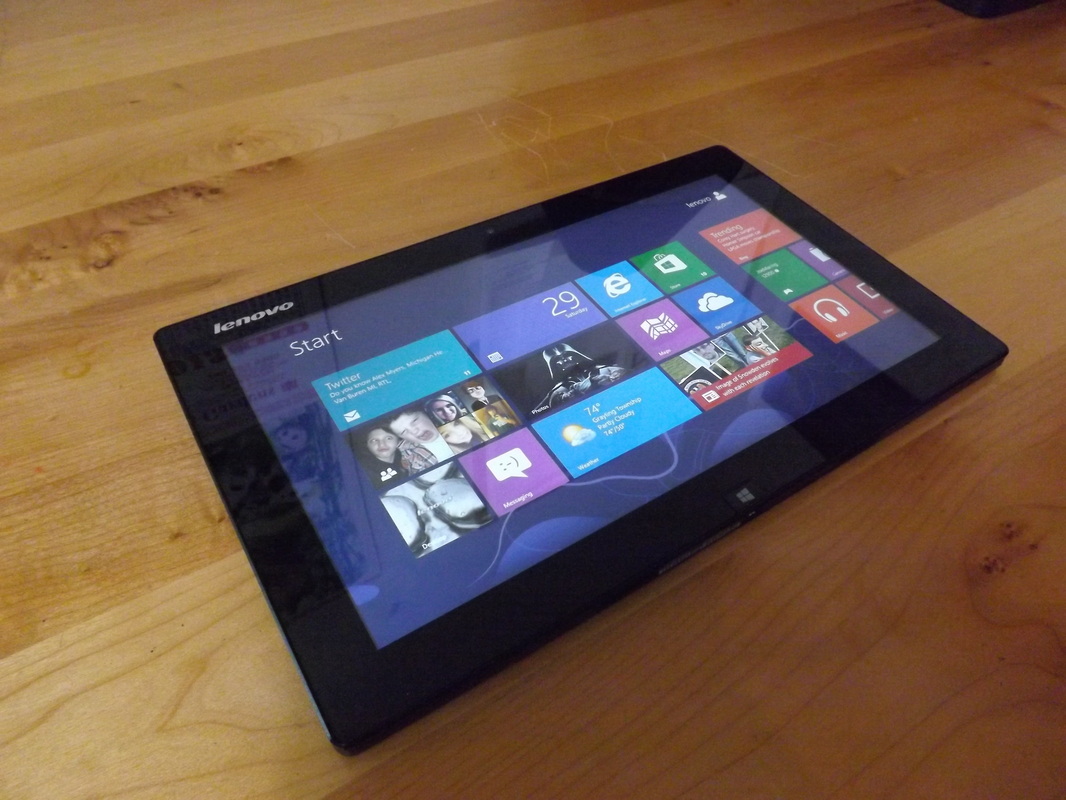
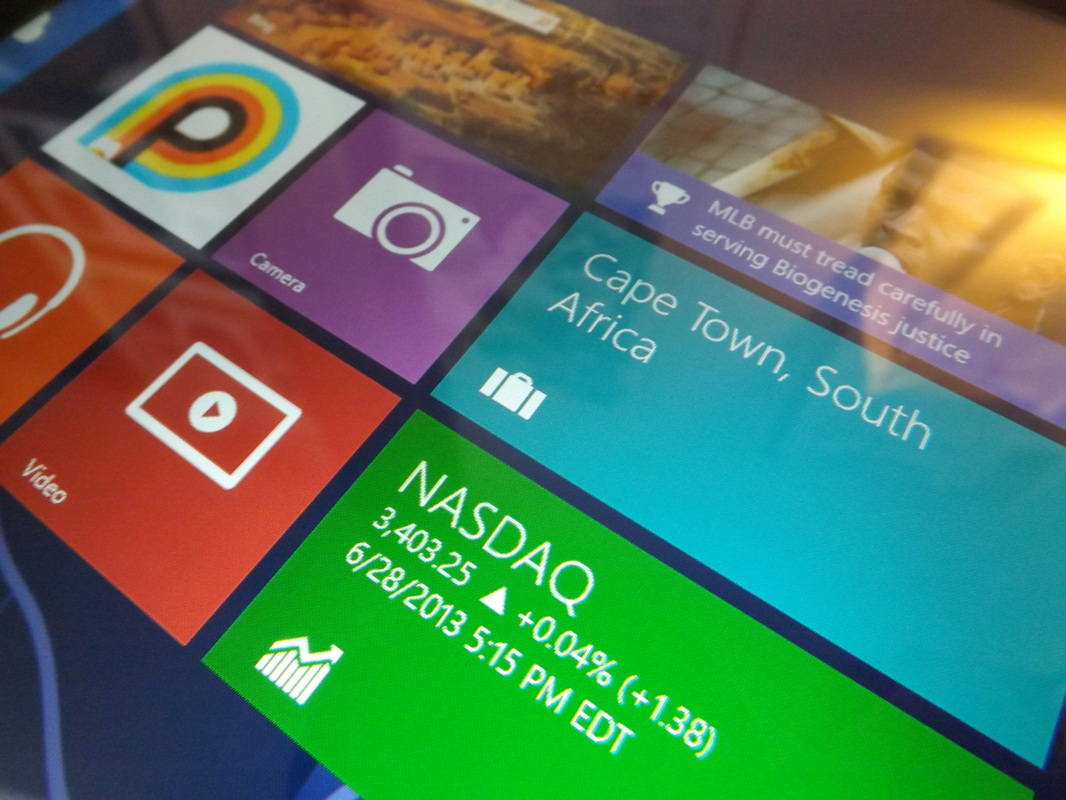
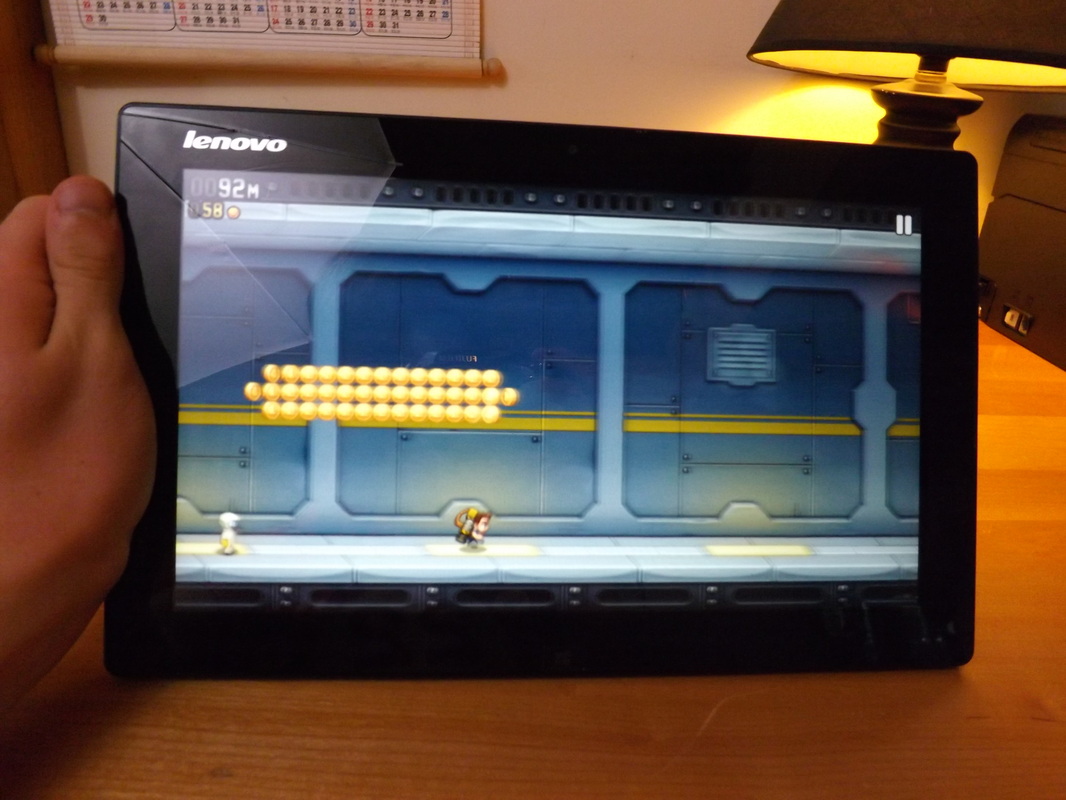
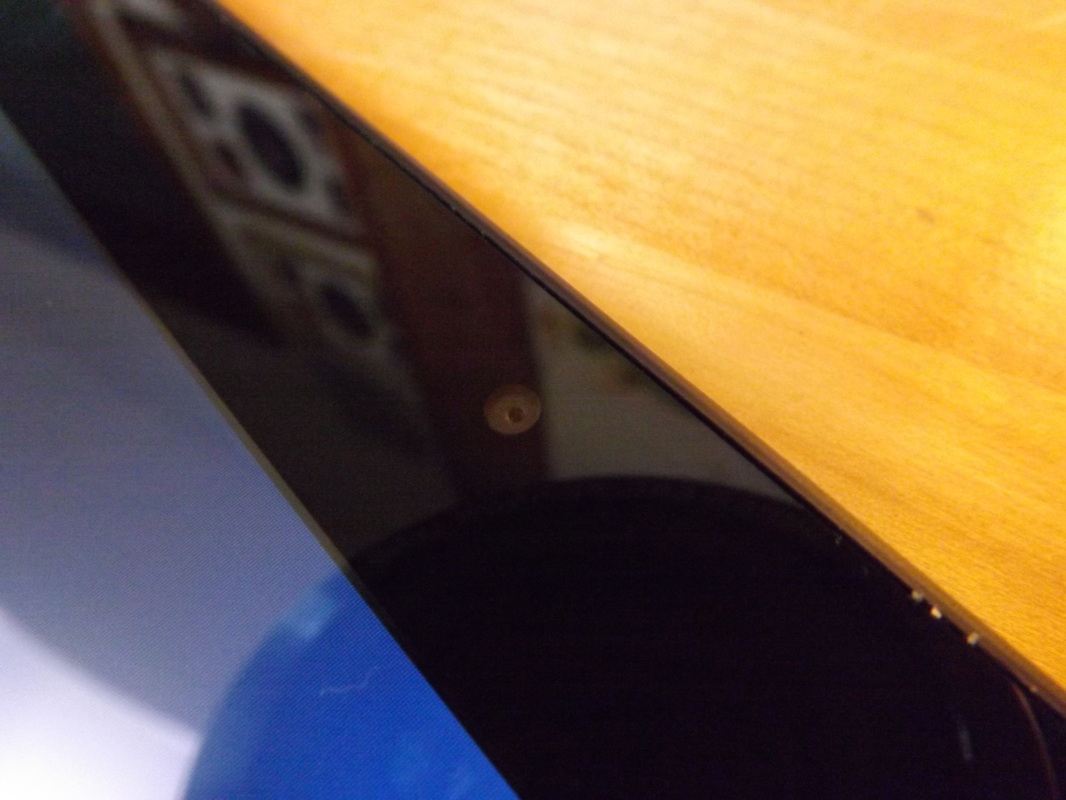
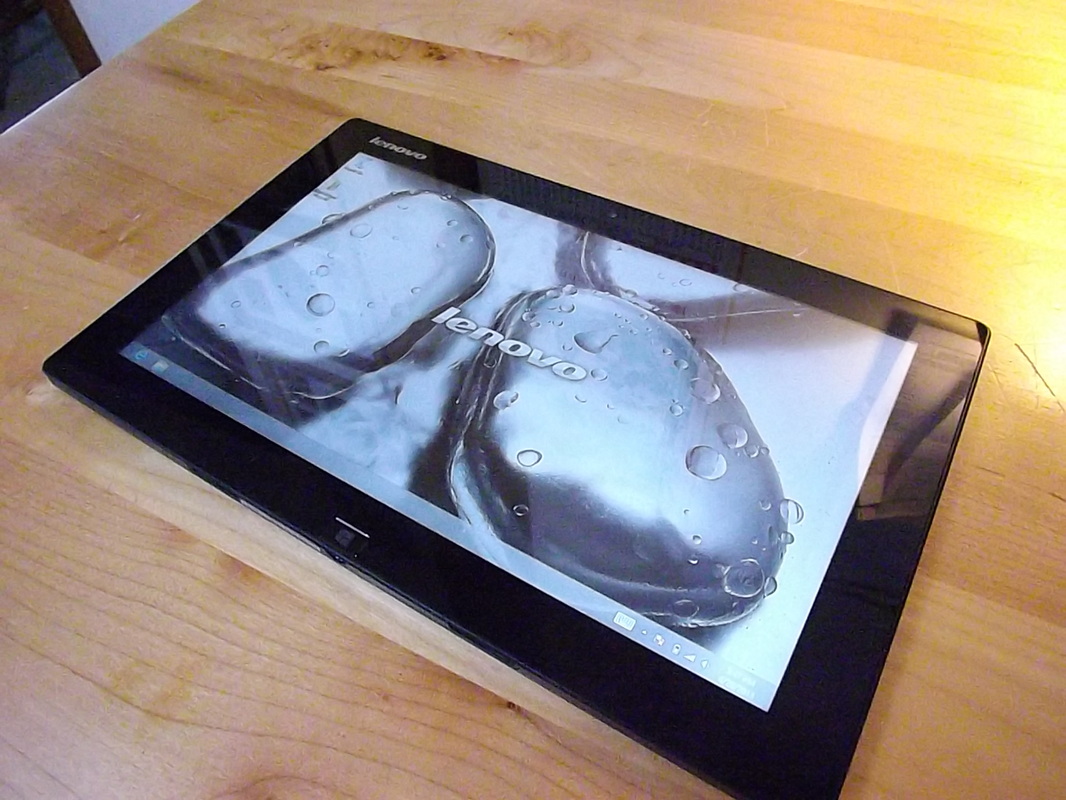
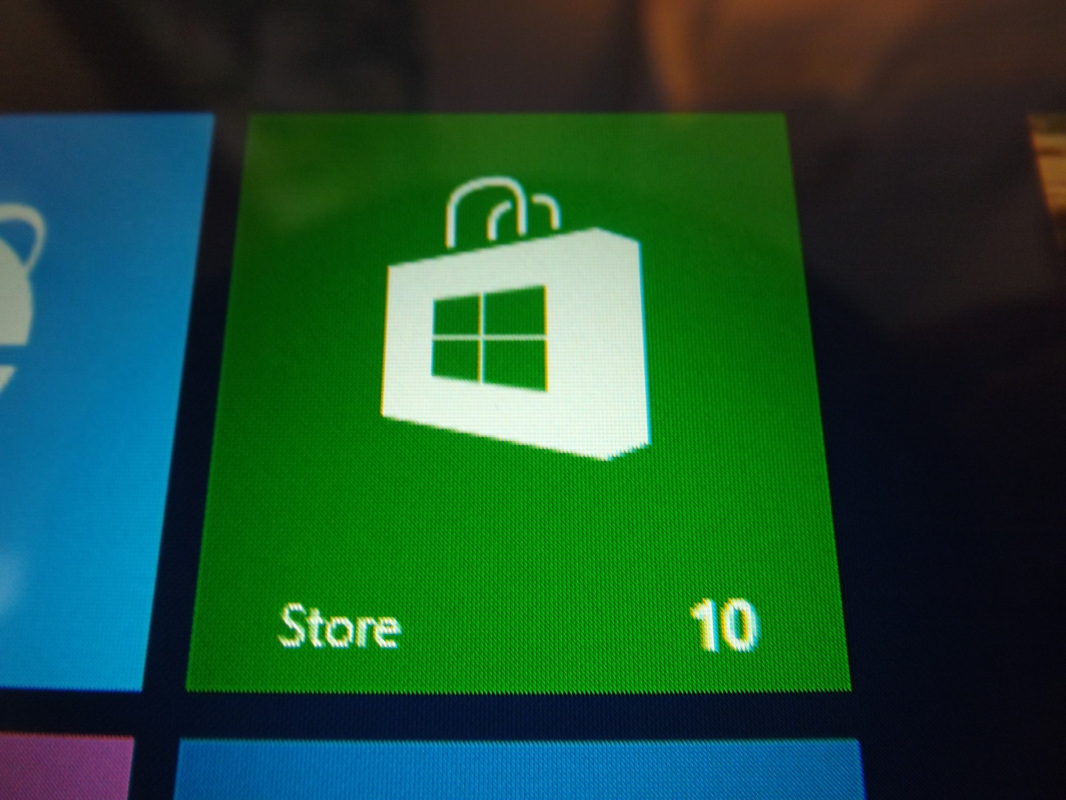
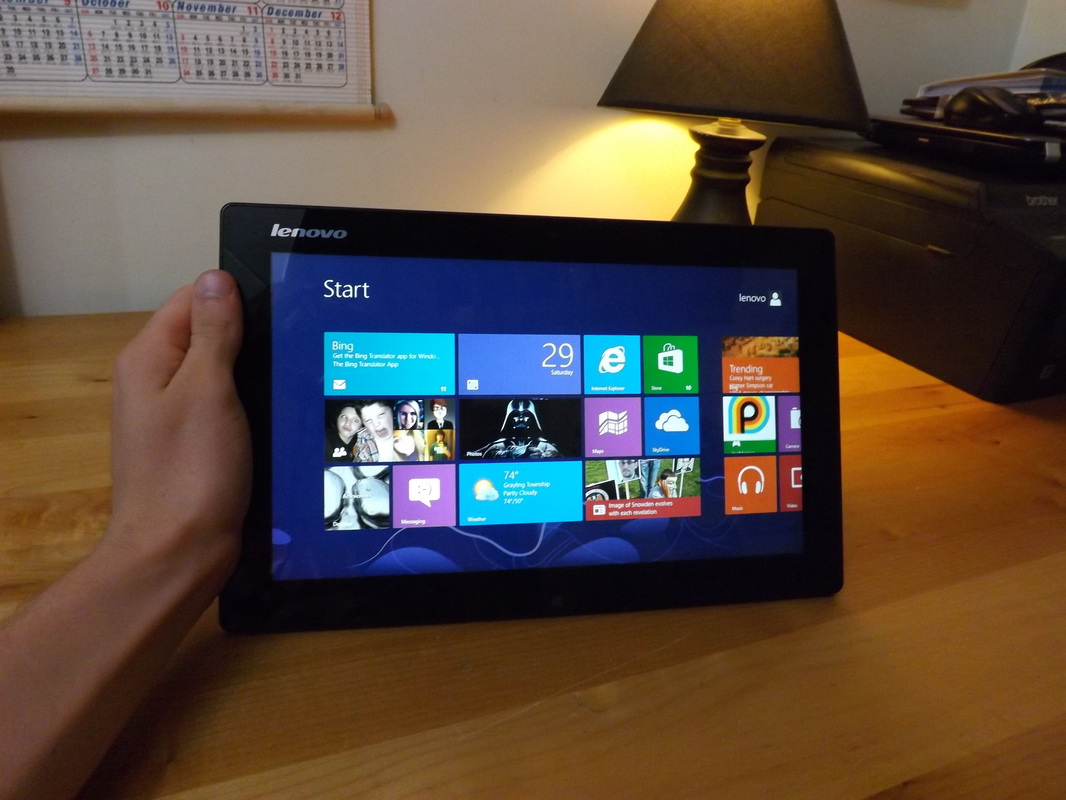
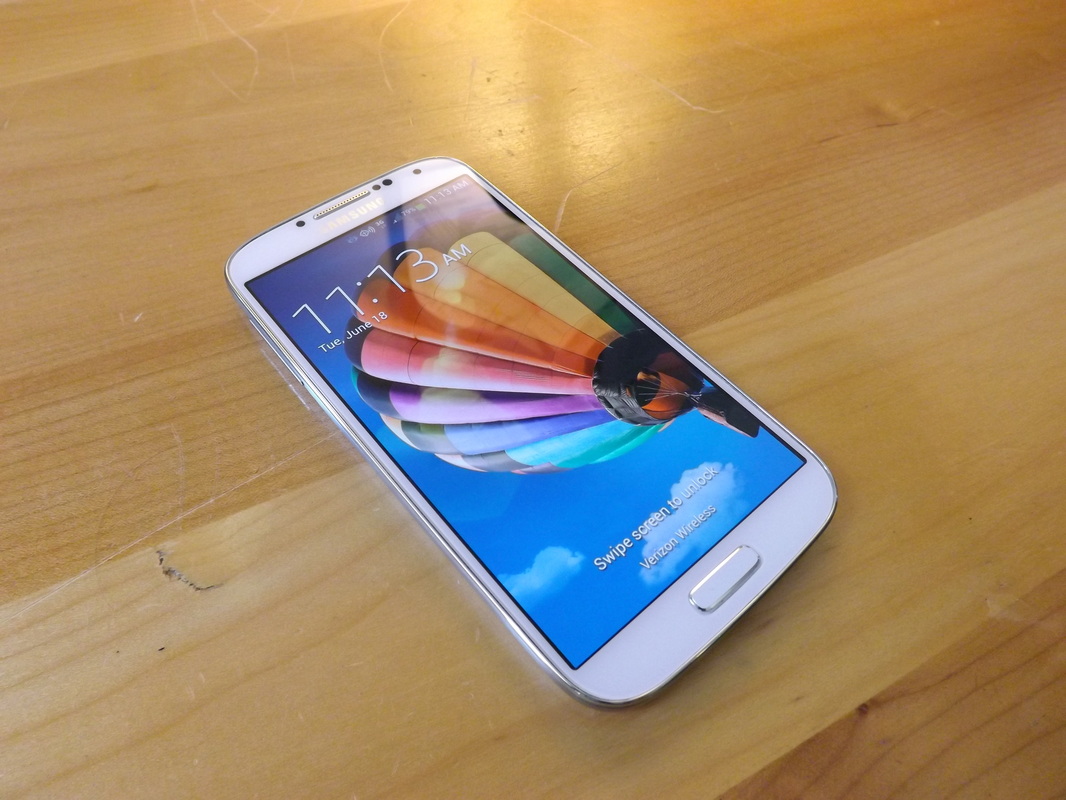
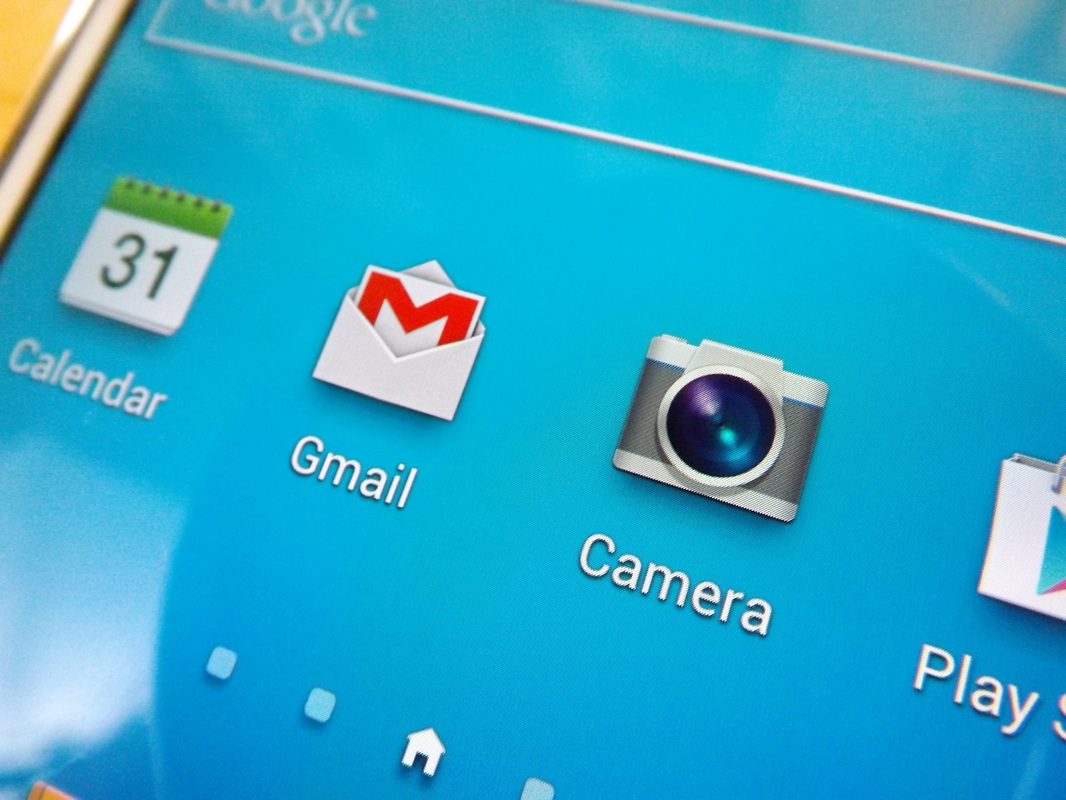

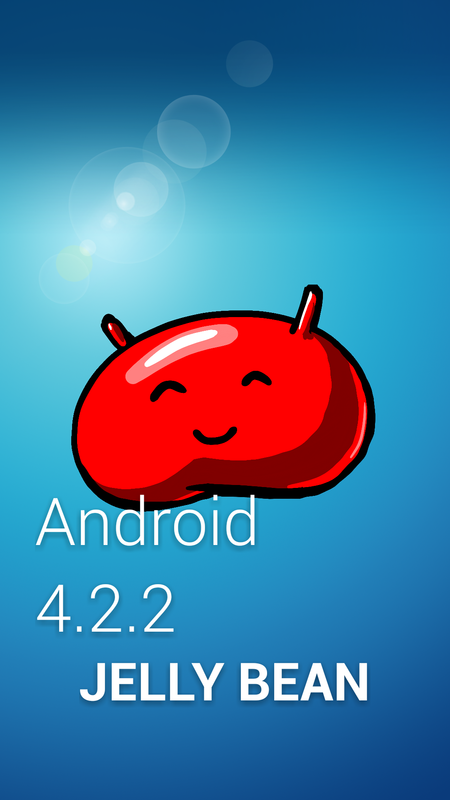
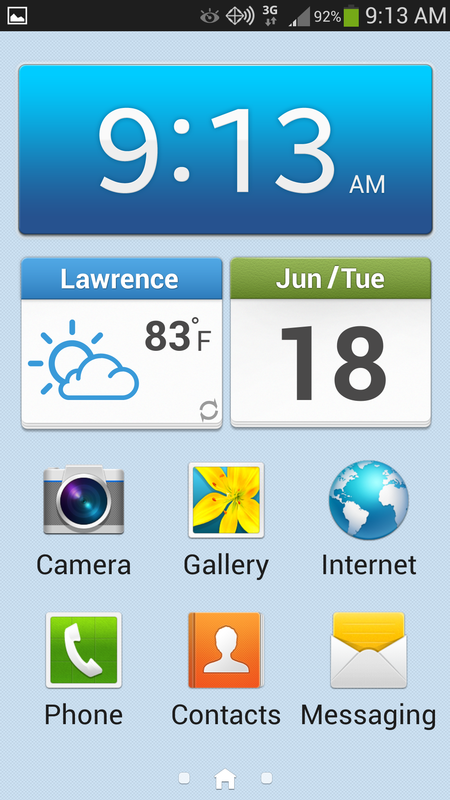
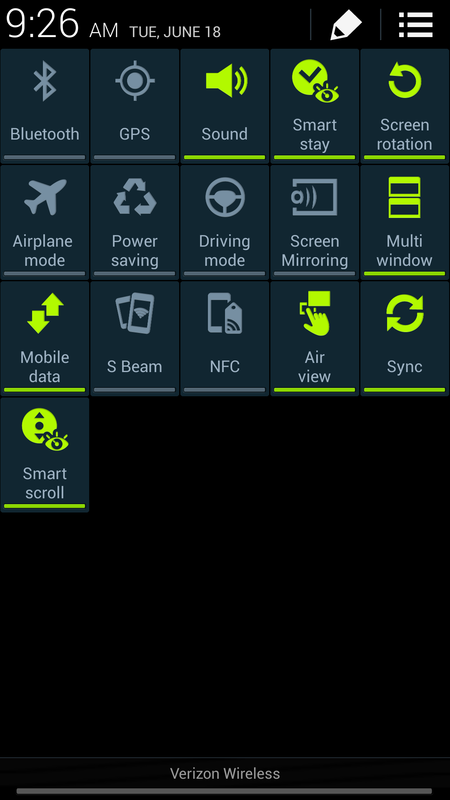
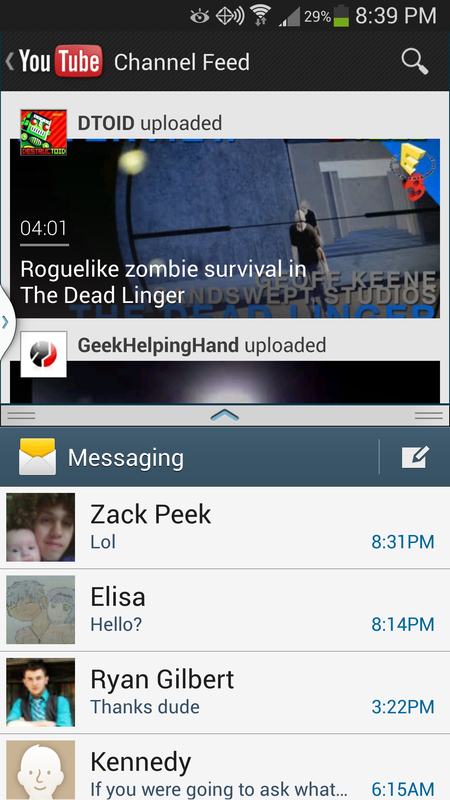
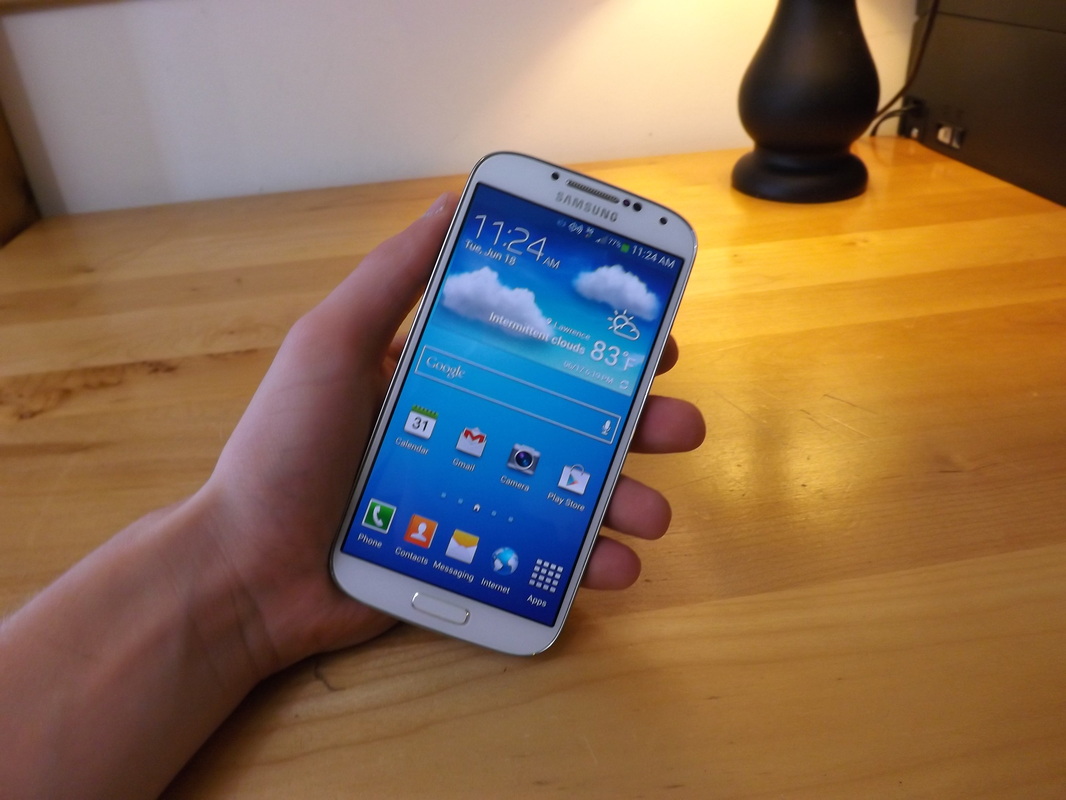
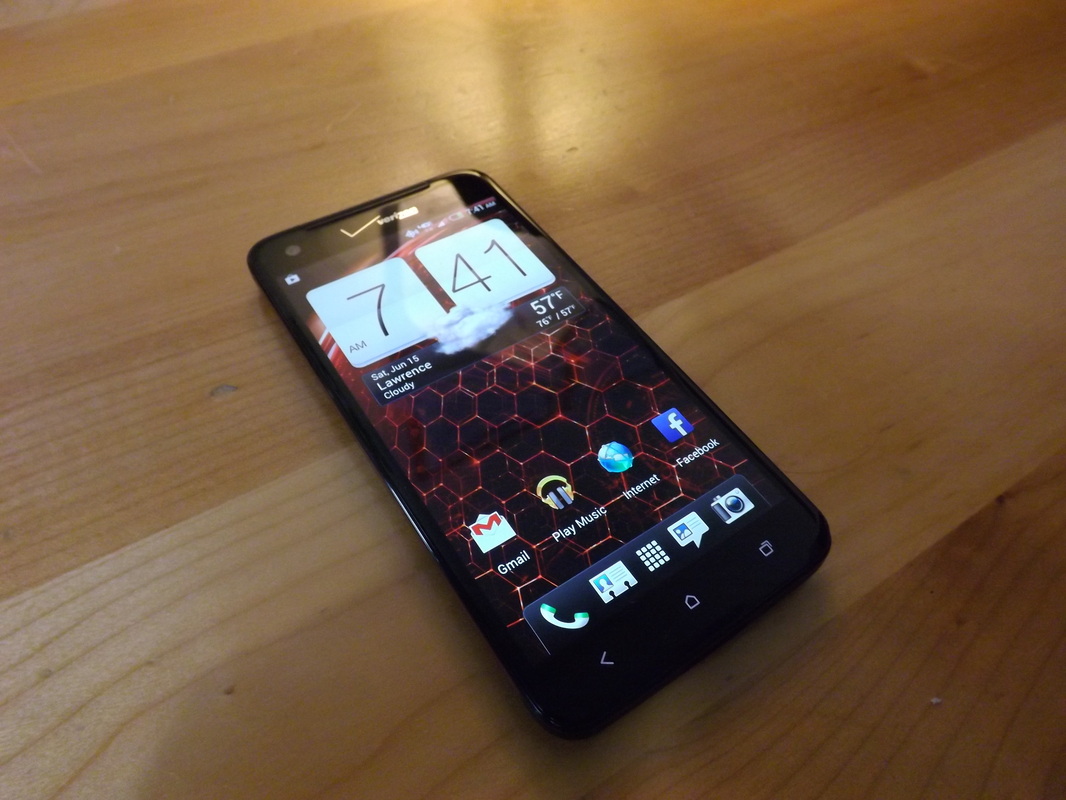
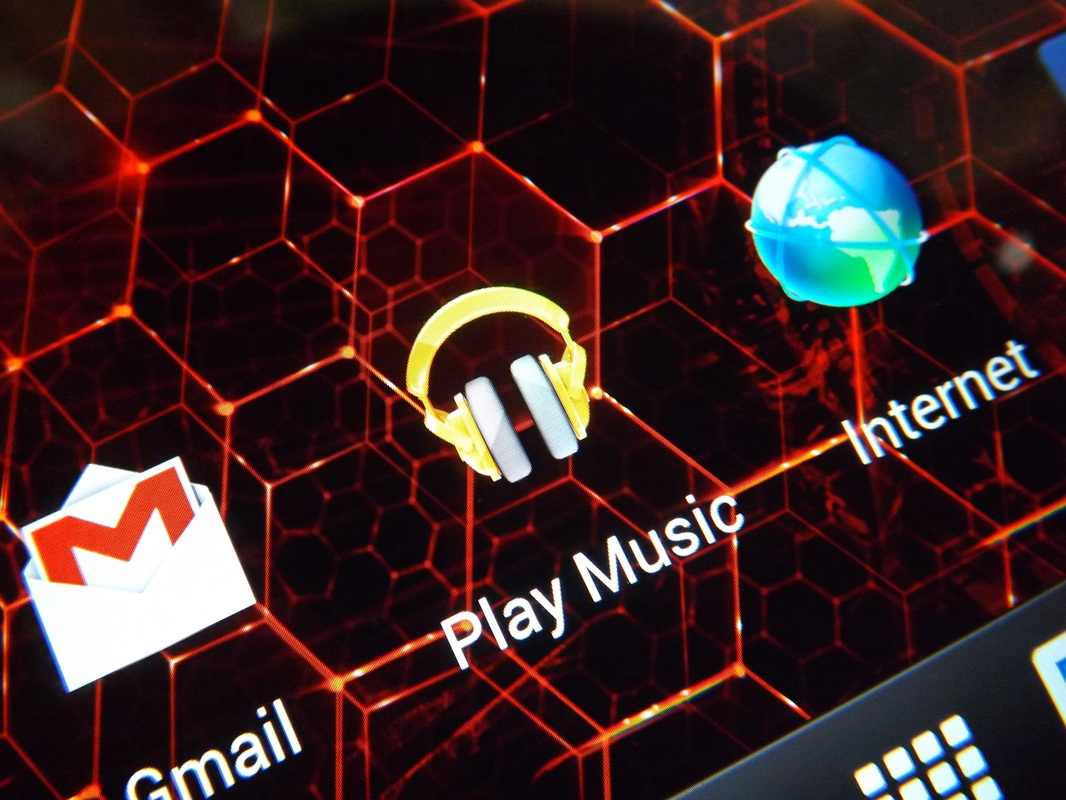
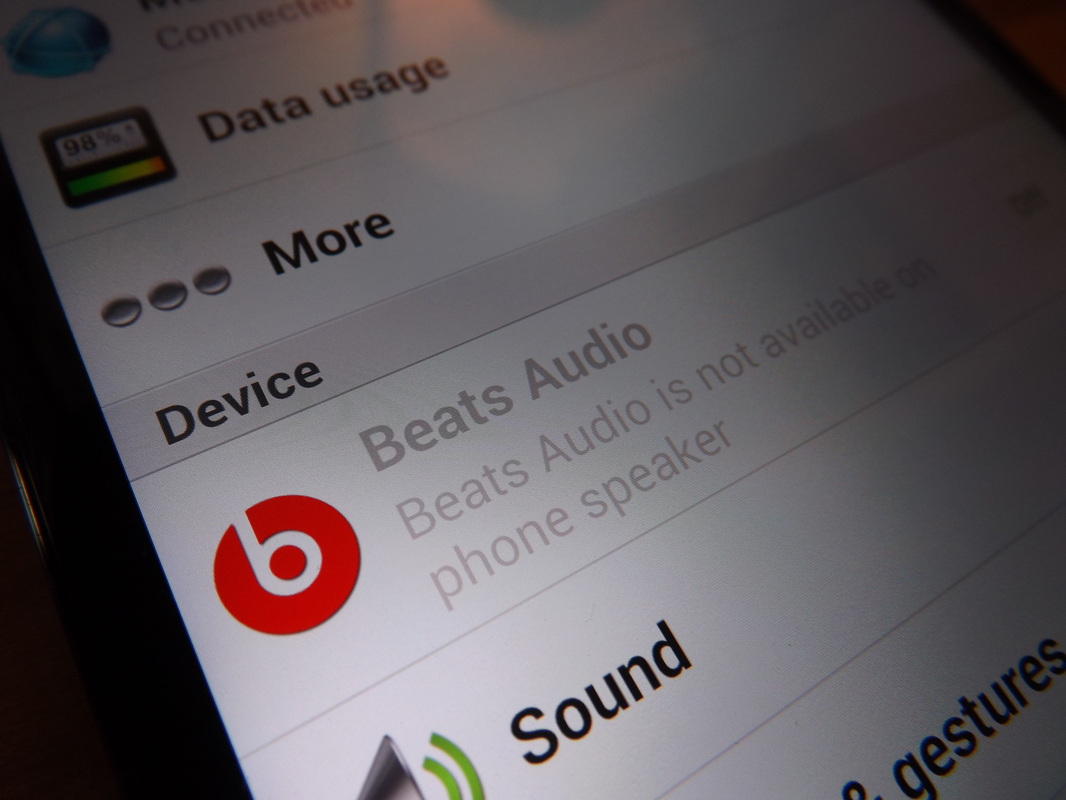
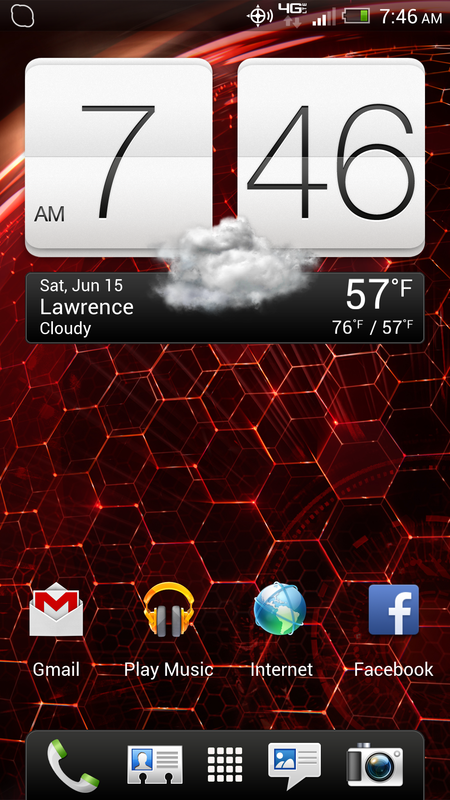
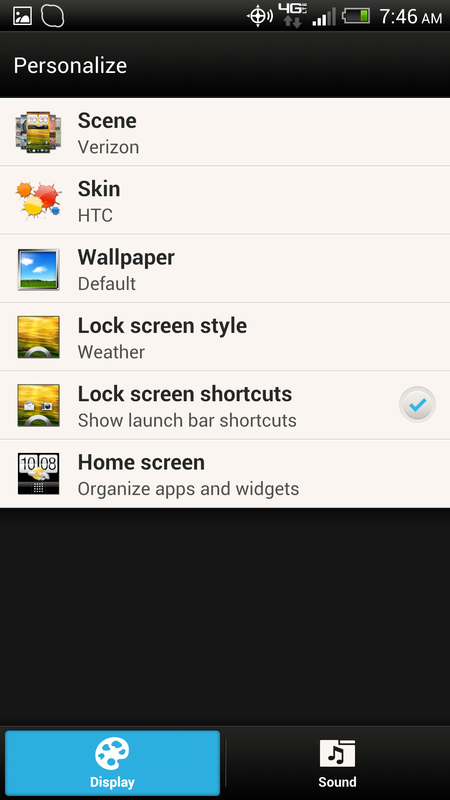
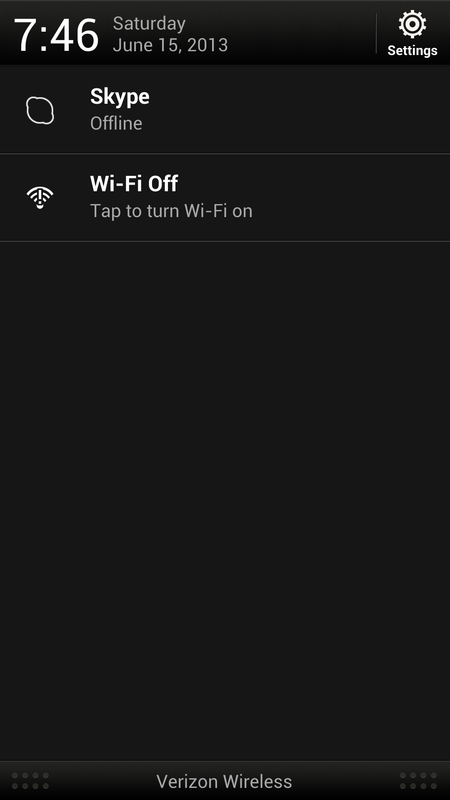
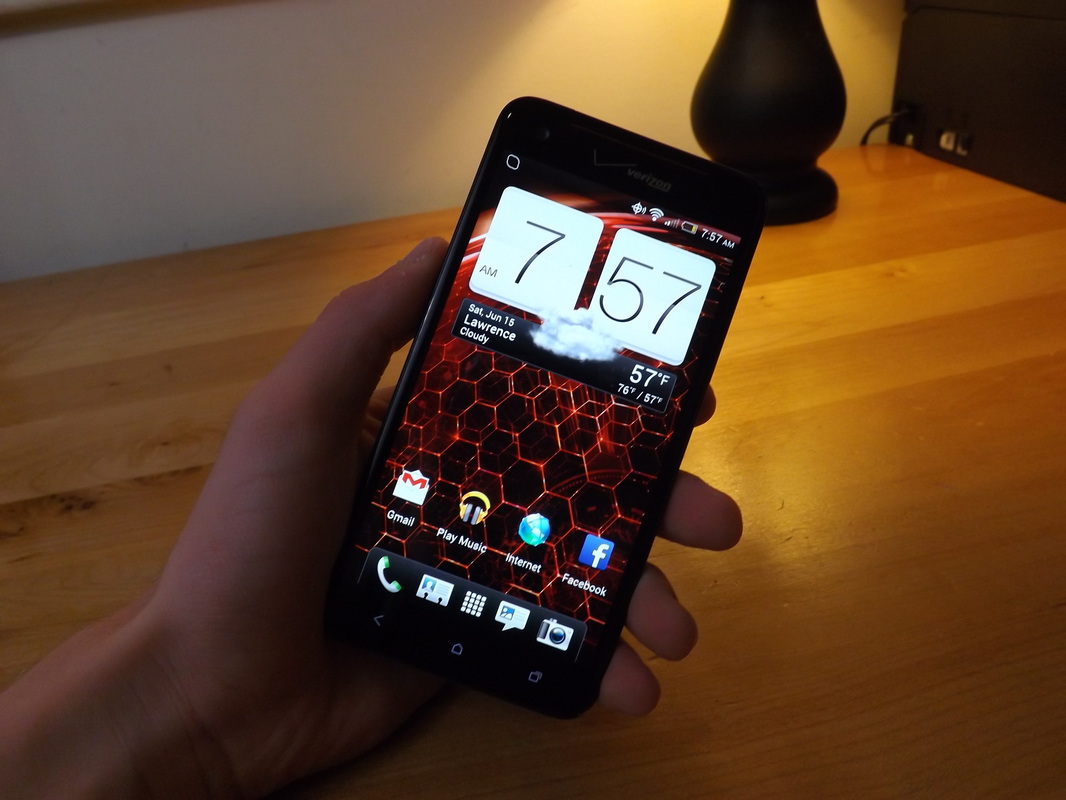
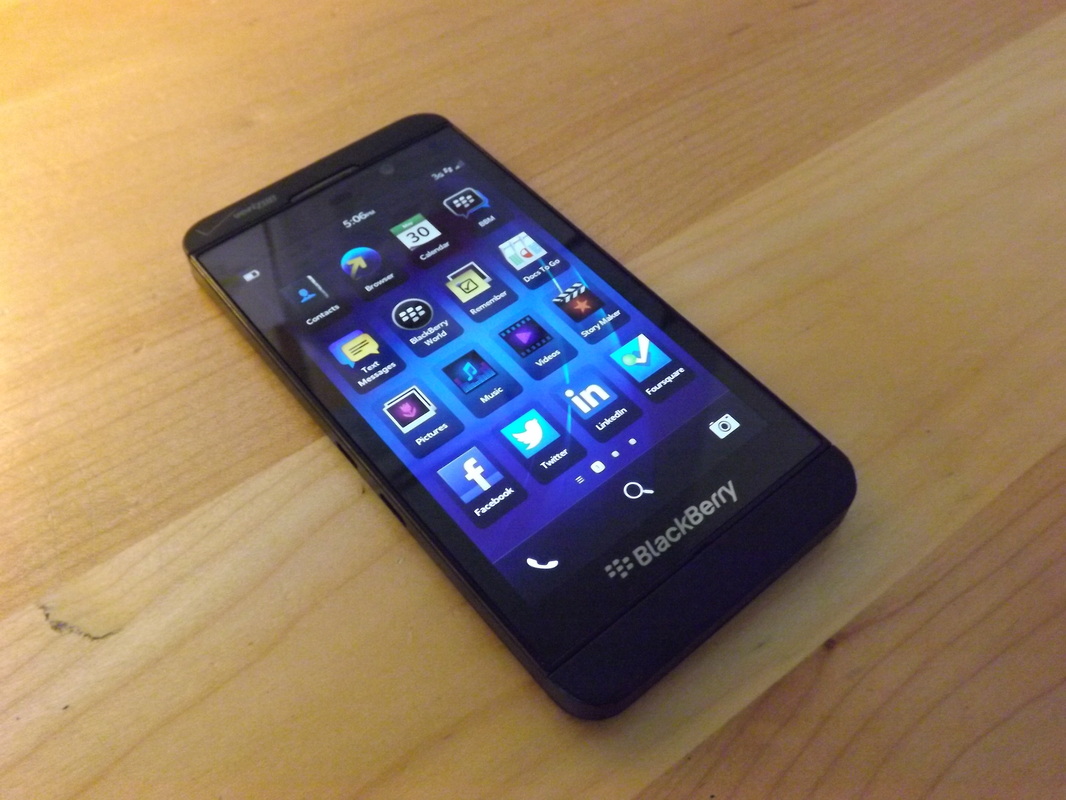
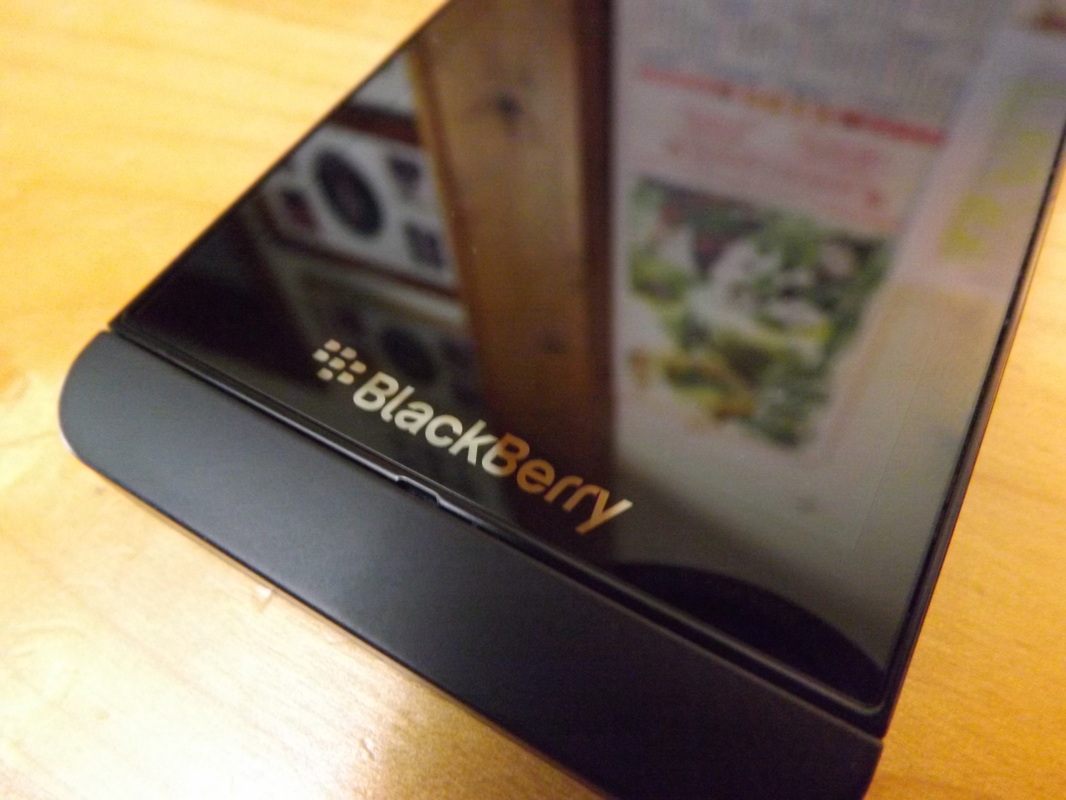
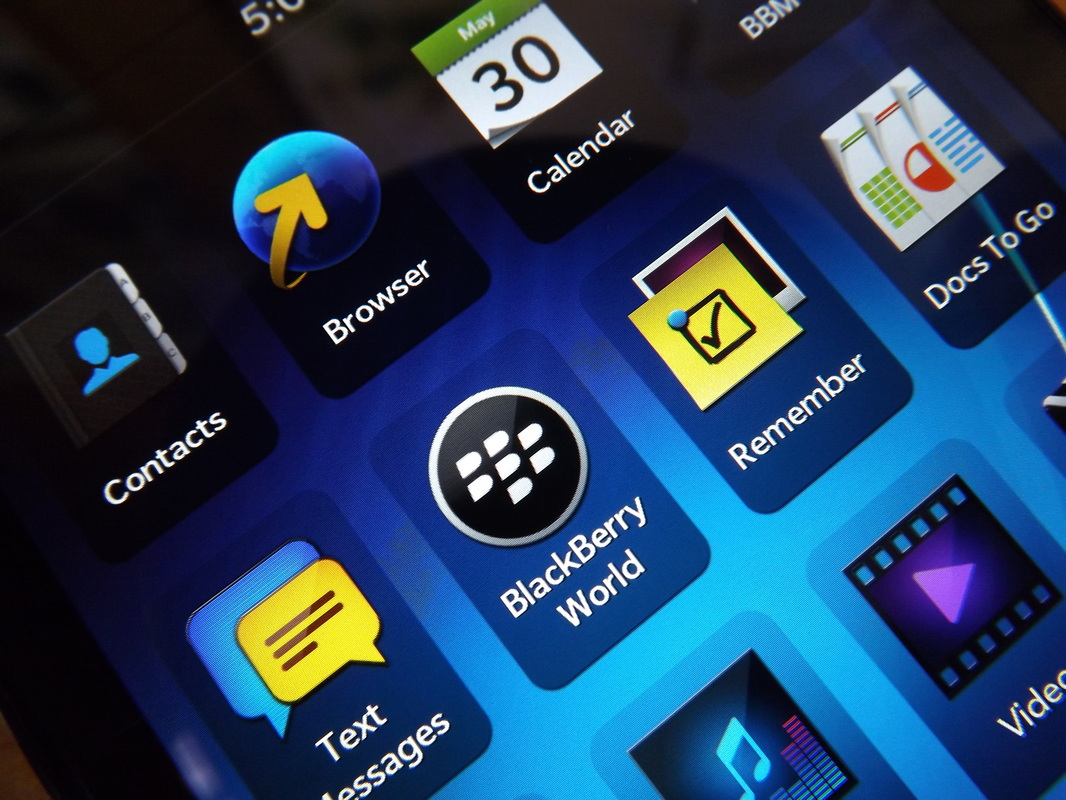

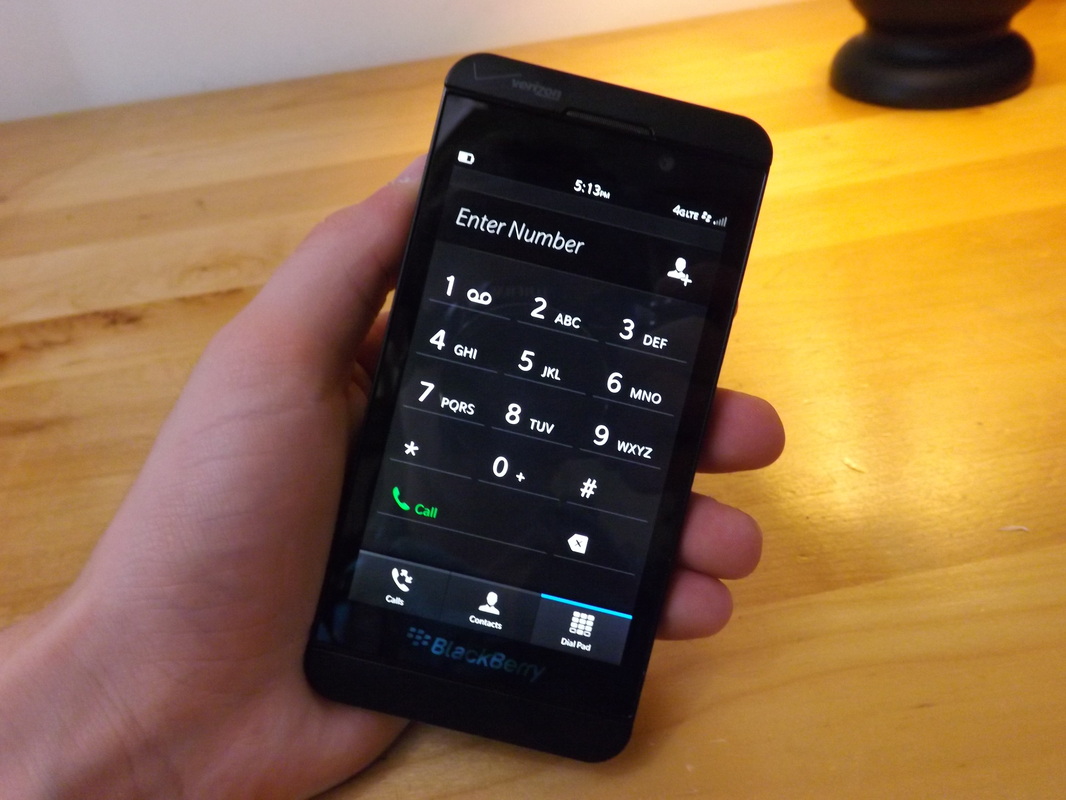
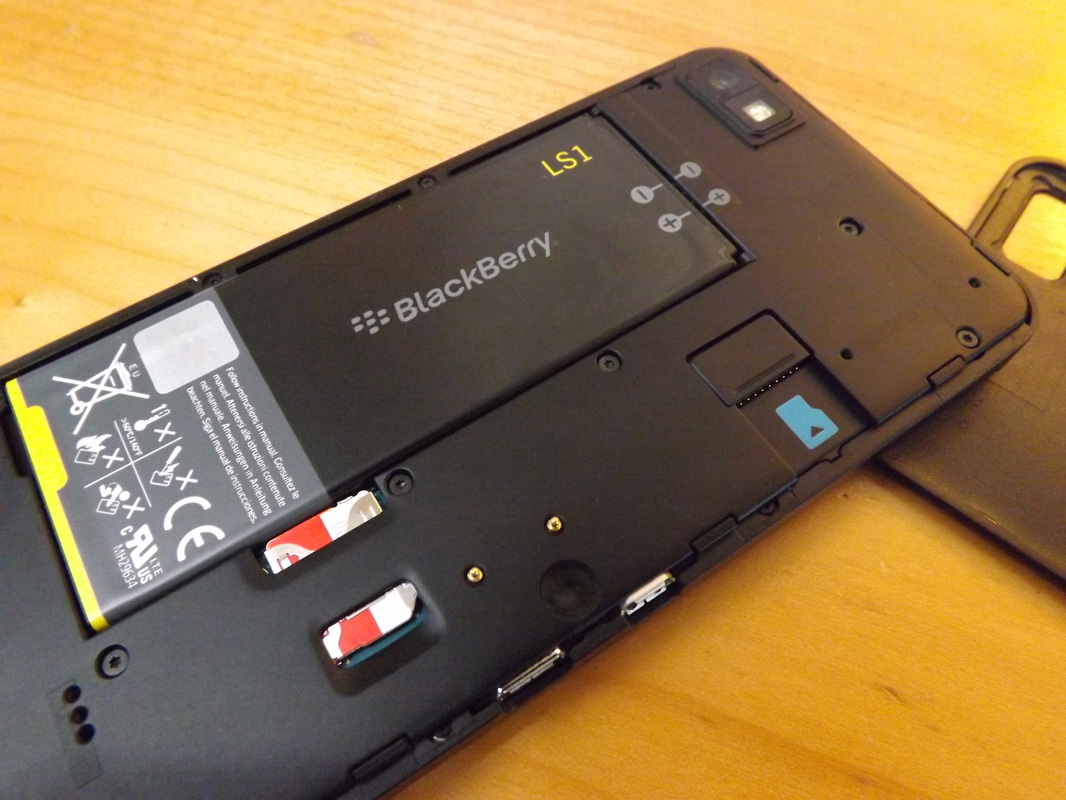
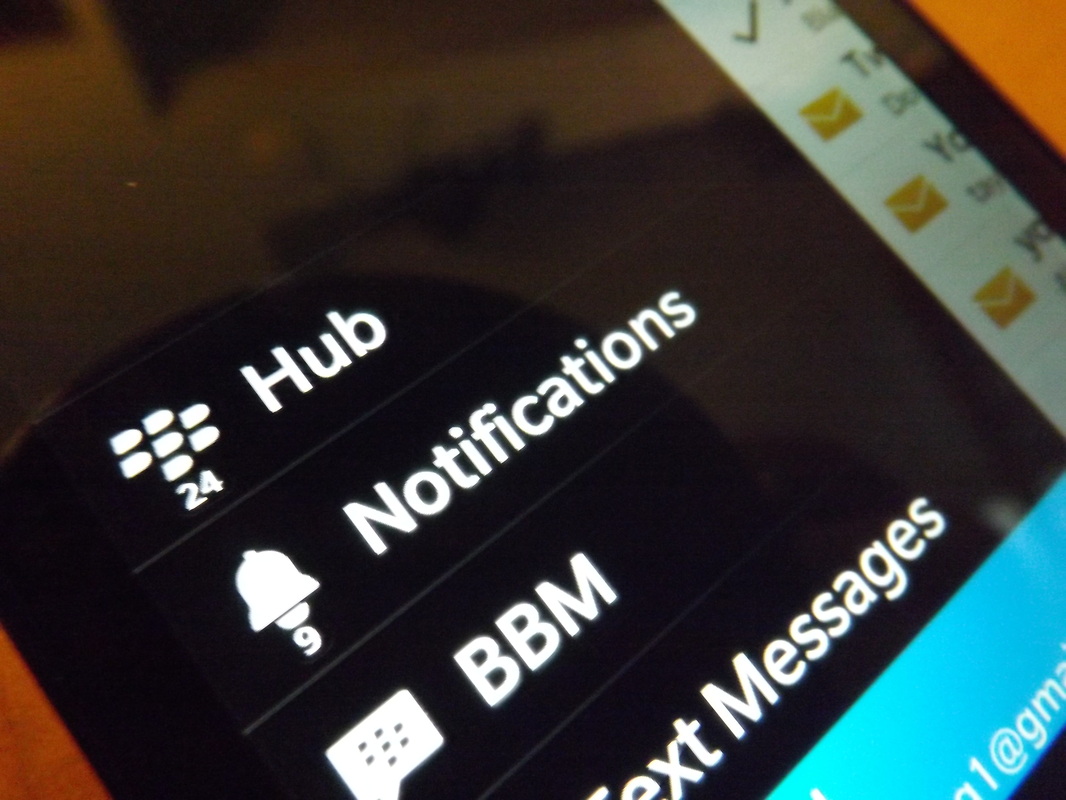
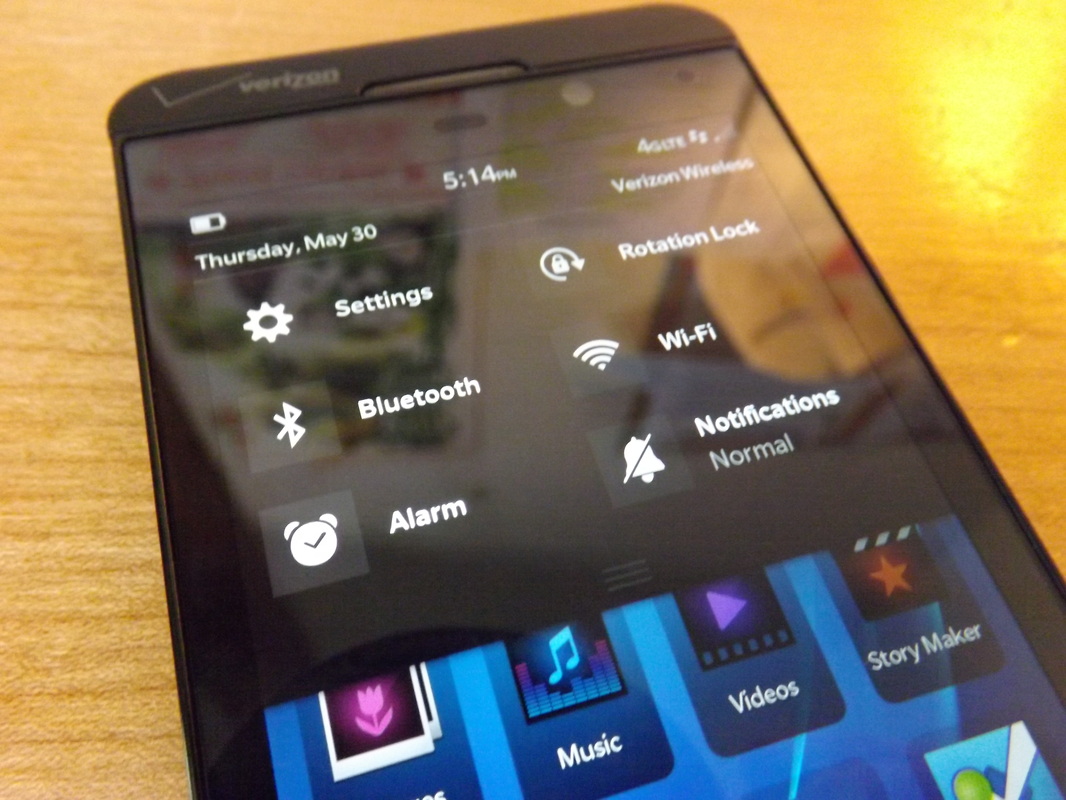
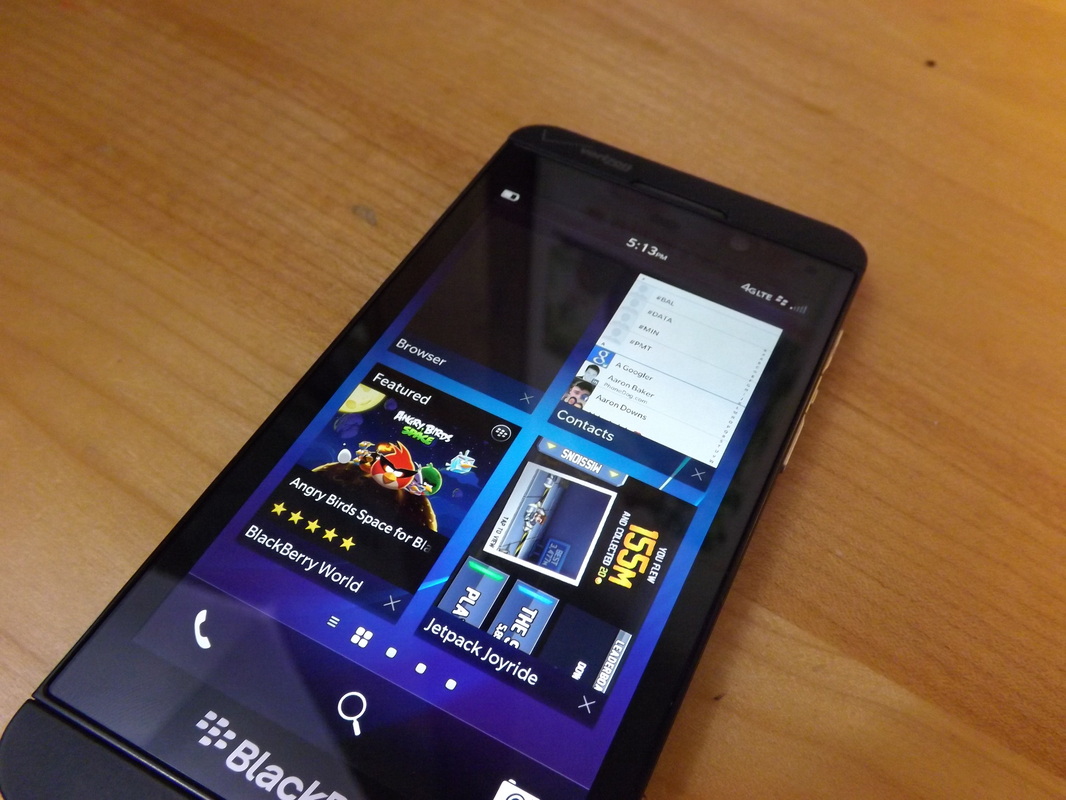
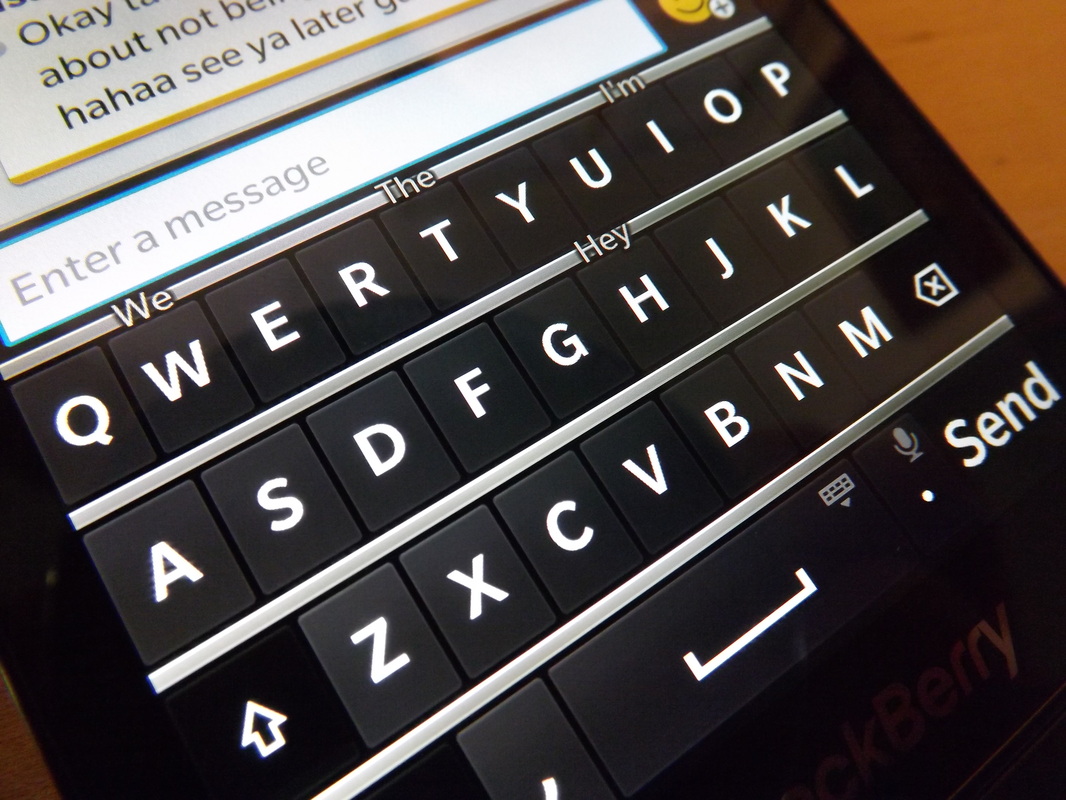
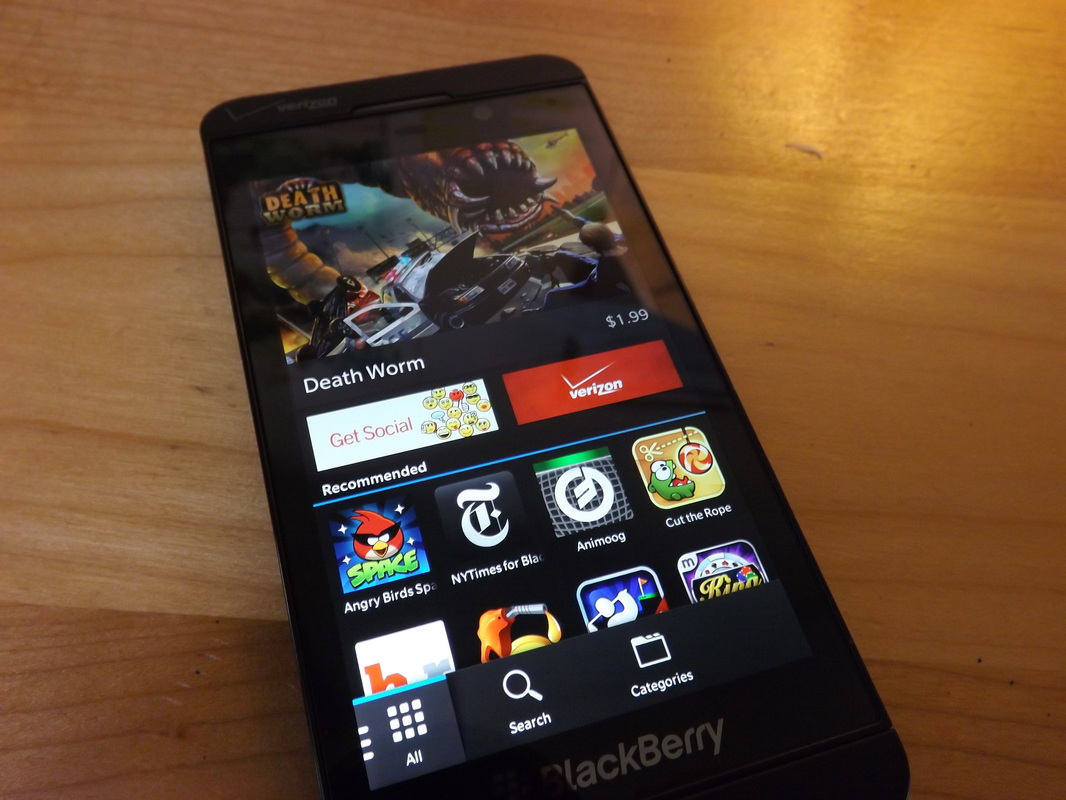
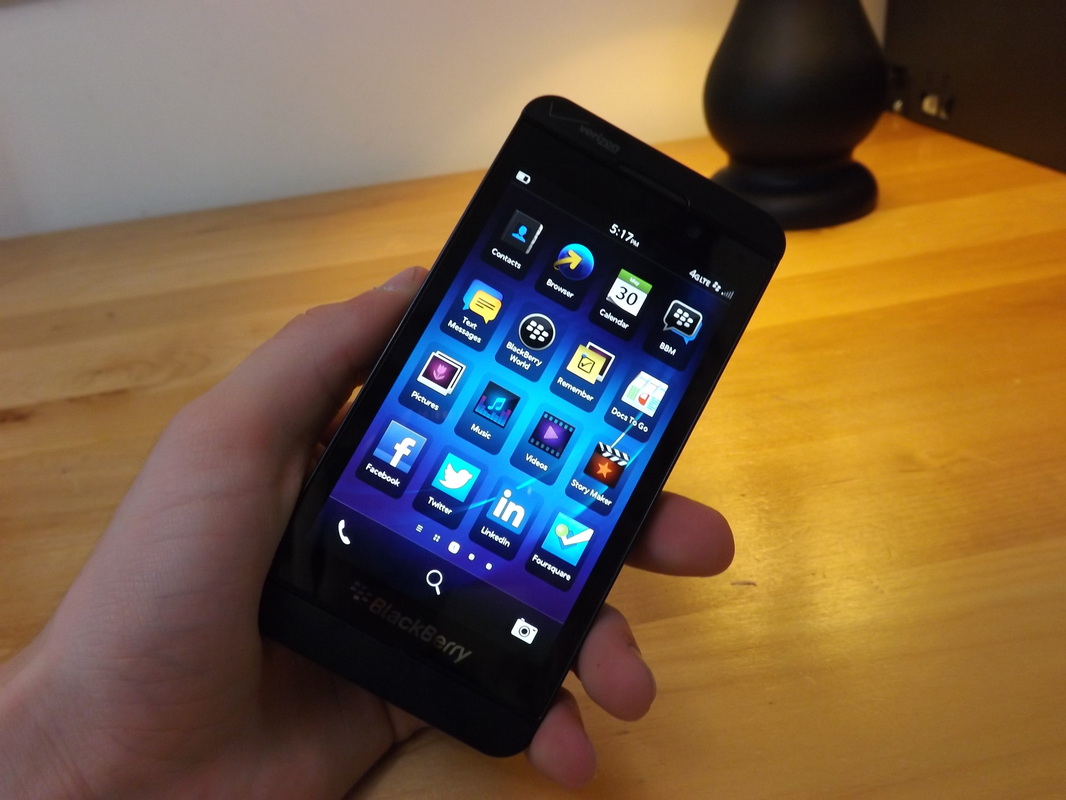
 RSS Feed
RSS Feed